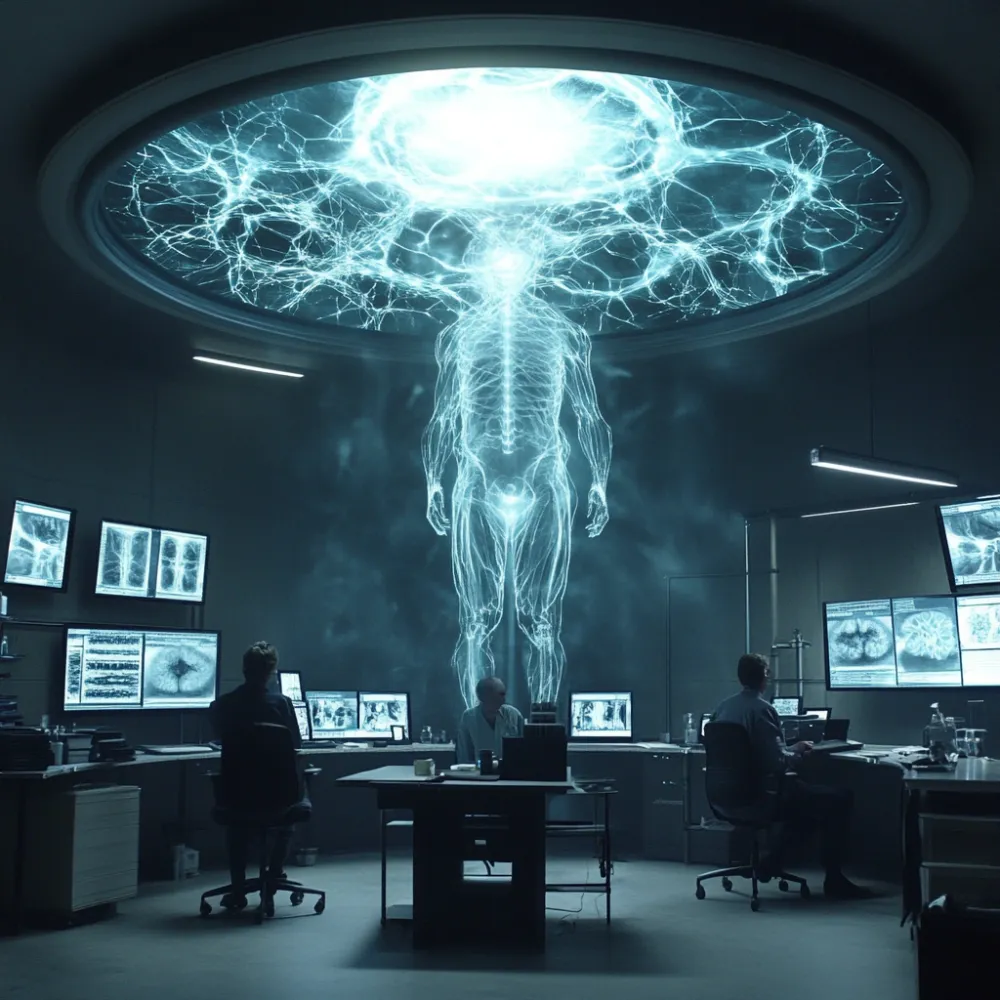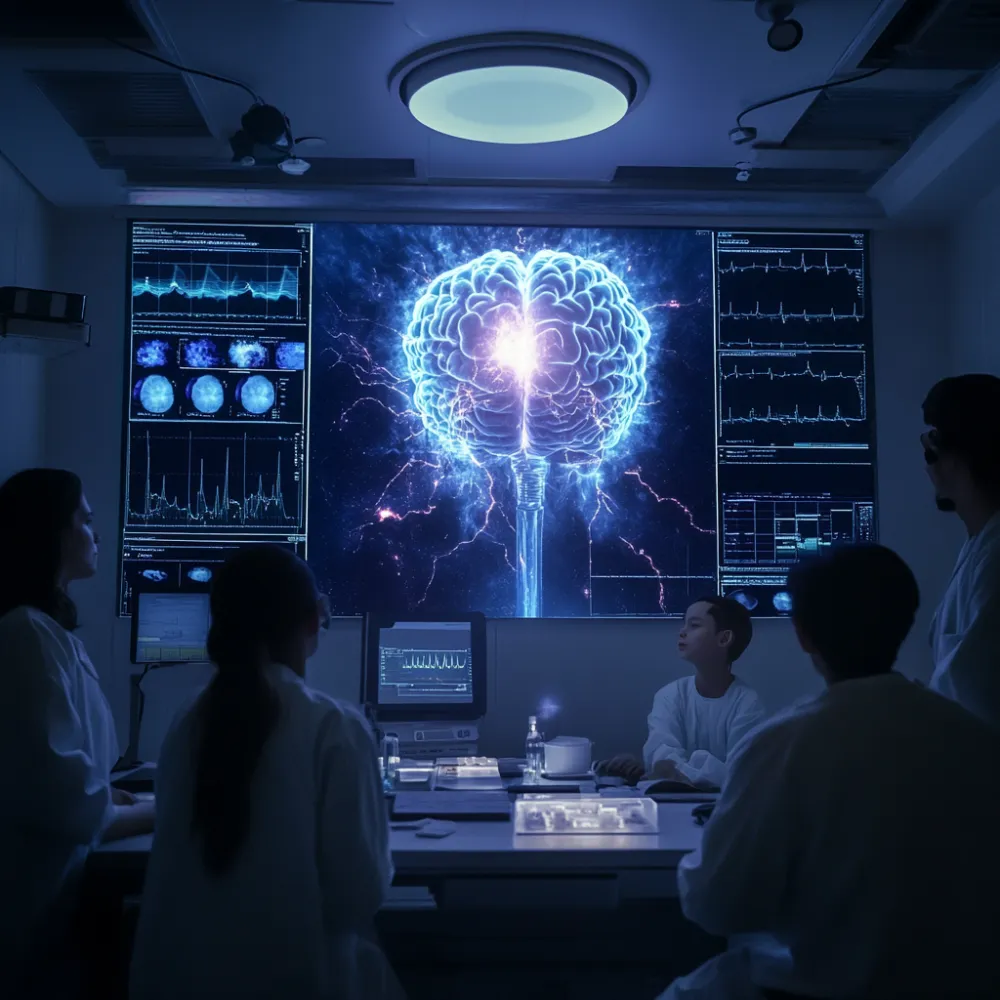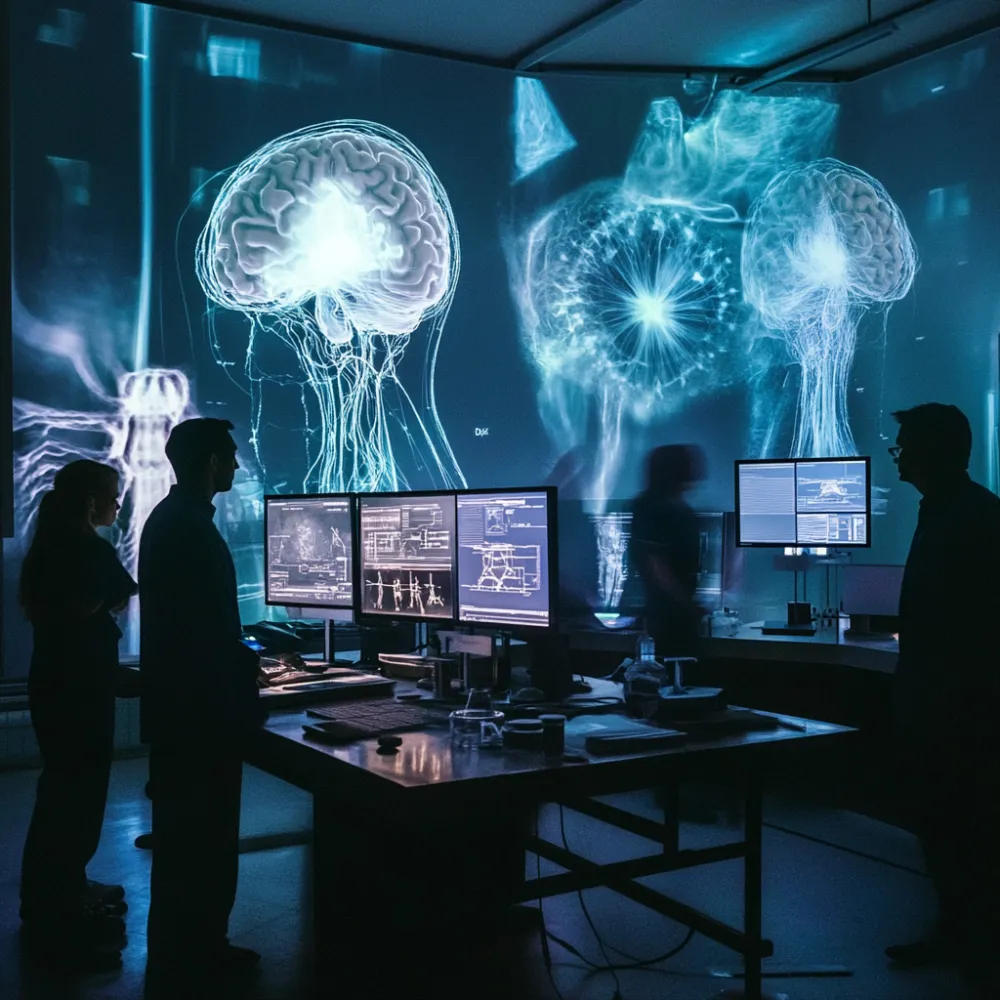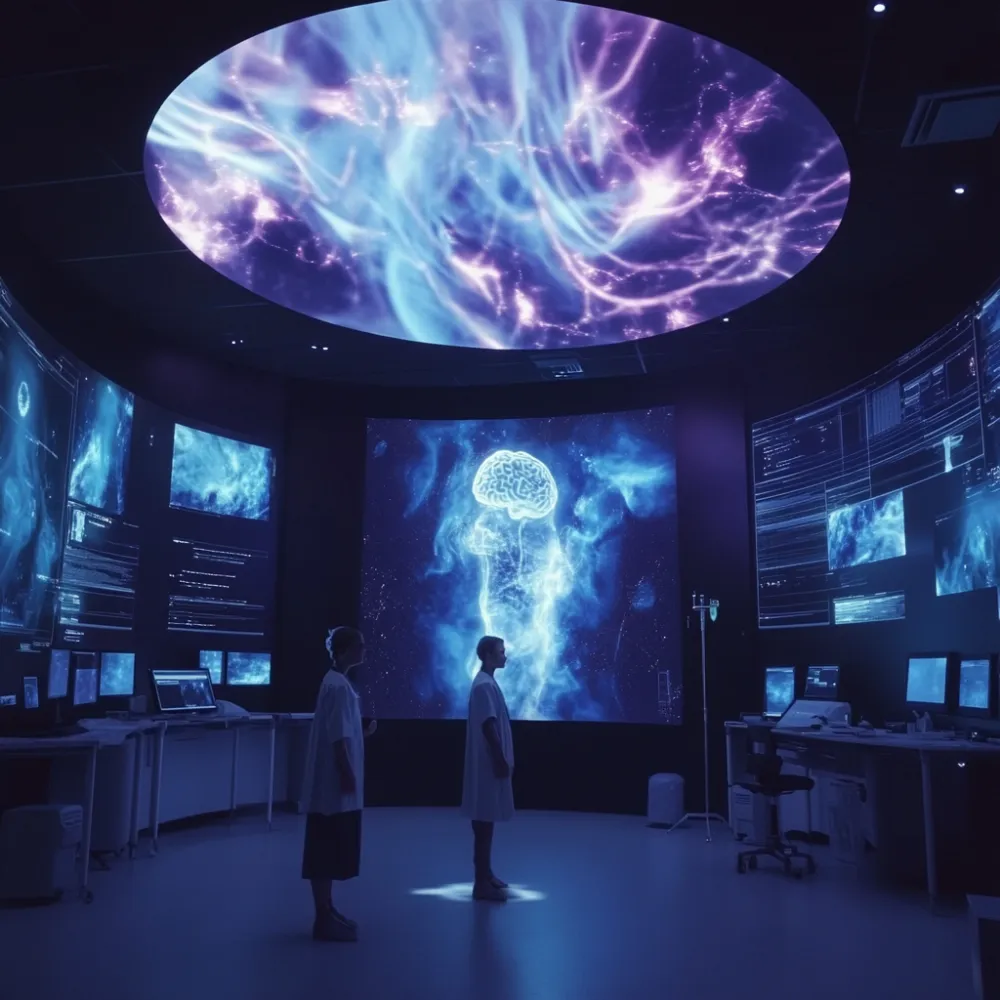From Big Bang to Soul: Decoding Consciousness Through History
What happens when the brain shows no activity, yet patients vividly recall events during near-death experiences? Scientists like Dr. Pim van Lommel suggest that consciousness not only persists but expands, raising profound questions about its independence from the brain. Could quantum mechanics hold the key? Studies reveal that quantum information within brain microtubules might survive death, potentially dispersing into the universe or even being absorbed by another body. The Division of Perceptual Studies has documented cases of children recalling past lives with astonishing accuracy, linking birthmarks to past-life injuries. Does this hint at reincarnation or a deeper cosmic connection? If consciousness predates the universe, as some propose, could the soul be tied to the very origins of existence?
According to Professor Bruce Greyson, head of the Division of Perceptual Studies (DOPS) at the University of Virginia Health System (USA), near-death experiences occur in 10% of cardiac arrest patients. Upon regaining consciousness, these patients can accurately describe everything happening around them while they were unconscious. Remarkably, in many cases of near-death experiences, EEG readings and other medical evidence show that the patient’s brain exhibited no signs of activity during these phenomena.

Dr. Pim van Lommel, an expert on near-death experiences at Rijnstate Hospital (Netherlands), agrees with this perspective. He states that during a near-death state, “patients not only remain conscious but their awareness expands more than ever. They can think with exceptional clarity, vividly recall childhood memories, and feel deeply connected to everyone and everything around them, even though their brain shows no signs of activity.”
According to Professor Peter Fenwick of the Institute of Psychiatry at King’s College London (UK): “If it can be proven that people still receive information while unconscious and out of body, it would be undeniable evidence that consciousness exists independently of the brain.”

Perhaps the idea of the soul originated from such circumstances. Since ancient times, humans experiencing out-of-body states have believed that their spirit separated from their physical form during these moments. This belief led to the conviction that an existence beyond the physical body was possible.
The most surprising scientific evidence related to the soul comes from quantum mechanics, specifically studies on subatomic phenomena that contribute to consciousness. Traditional views suggest that our consciousness arises from a network of billions of neurons. However, Professors Stuart Hameroff (University of Arizona, USA) and Roger Penrose (University of Oxford, UK) have proposed a theory suggesting that consciousness is also a product of quantum computations occurring in microtubules, tiny structures within brain cells.

In the past, many believed such a mechanism could not exist because early quantum computers only functioned in extremely cold environments, unlike the high temperatures of the brain. However, studies over the past five years have shown that quantum mechanics plays a role in many non-cold biological processes, including photosynthesis.
A study by Anirban Bandyopadhyay of the National Institute for Materials Science in Japan revealed the possibility that quantum bits of information can remain coherent even at the high temperatures within single microtubules in cells.
This coherence among microtubules is maintained by biological energy. When blood and oxygen supply cease, the coherence disappears, but the quantum information does not vanish. It may disperse into the universe, persisting and functioning in some form. If a patient is resuscitated, the brain may retrieve this information. This could explain why individuals who have had near-death experiences can perceive the world around them while unconscious.

If this hypothesis holds true, the question arises: Where does the quantum process that forms consciousness originate? According to Professor Penrose and some scientists, it traces back to the Big Bang. In this view, all forms of consciousness were created at the same time as the universe. If the soul exists, it may be inherently tied to the origins of the cosmos.
Professor Penrose’s idea hints at a mechanism allowing consciousness to persist even after the physical body has died. But where does it go? According to Professor Hameroff: “If the patient is not revived, the consciousness enters the universe and may, at some point, be absorbed by another body.”
DOPS currently holds approximately 1,400 documented cases of such phenomena. Most involve children who vividly remember past lives. These children can recount who they were, where they lived, what they did, how they looked, and numerous other details.

Ian Stevenson, one of America’s leading psychiatrists and the founder of DOPS, began collecting stories of past lives in 1960. Among his records are cases where children were born with birthmarks matching wounds they had suffered in their previous lives. Some were deeply afraid of objects or events linked to their past-life deaths.
Stevenson and his colleagues never claimed that reincarnation definitively occurs. They only sought to collect evidence of its possibility. In science, such evidence may never be sufficient to prove the existence of the human soul after the death of the body or its subsequent reincarnation into a new one. However, this does not mean we can categorically deny the existence of the soul.






